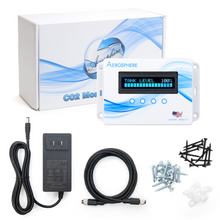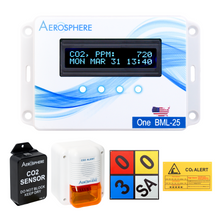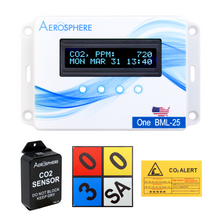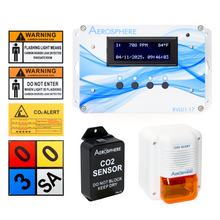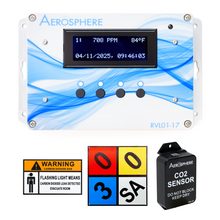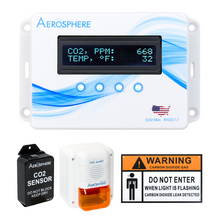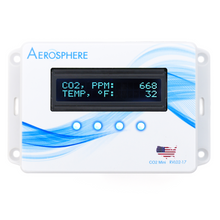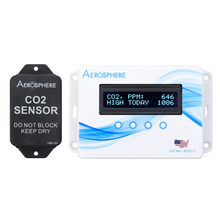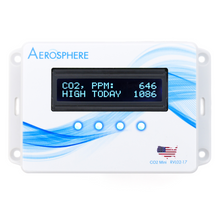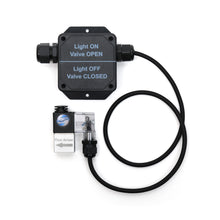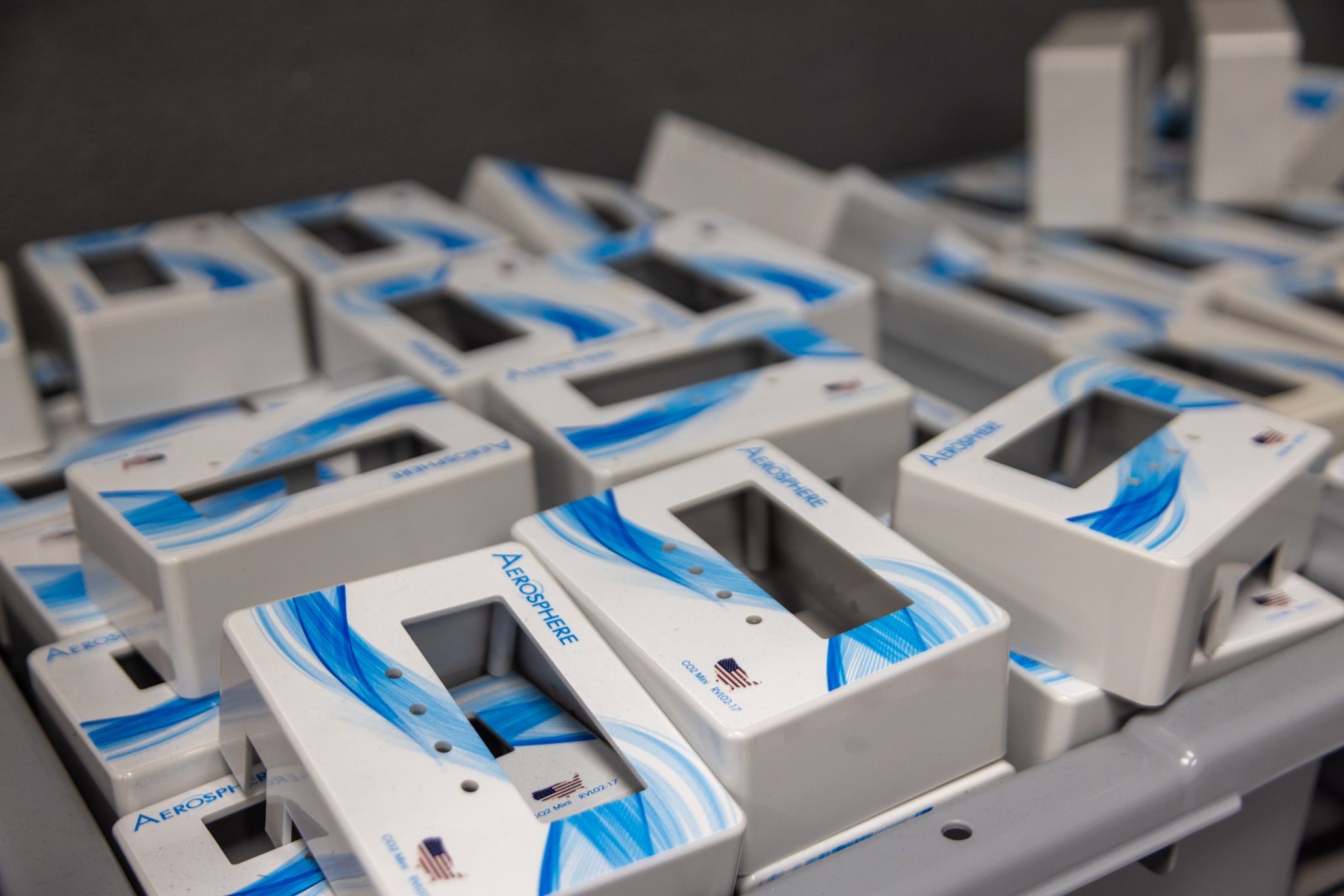What Is a CO2 Monitor?
A CO2 monitor measures carbon dioxide levels to improve indoor air quality, ensure workplace safety, and optimize ventilation in offices, schools, and industrial settings. High CO2 levels can affect health, productivity, and regulatory compliance. Learn how CO2 monitors work and why they are essential for maintaining safe and efficient spaces.
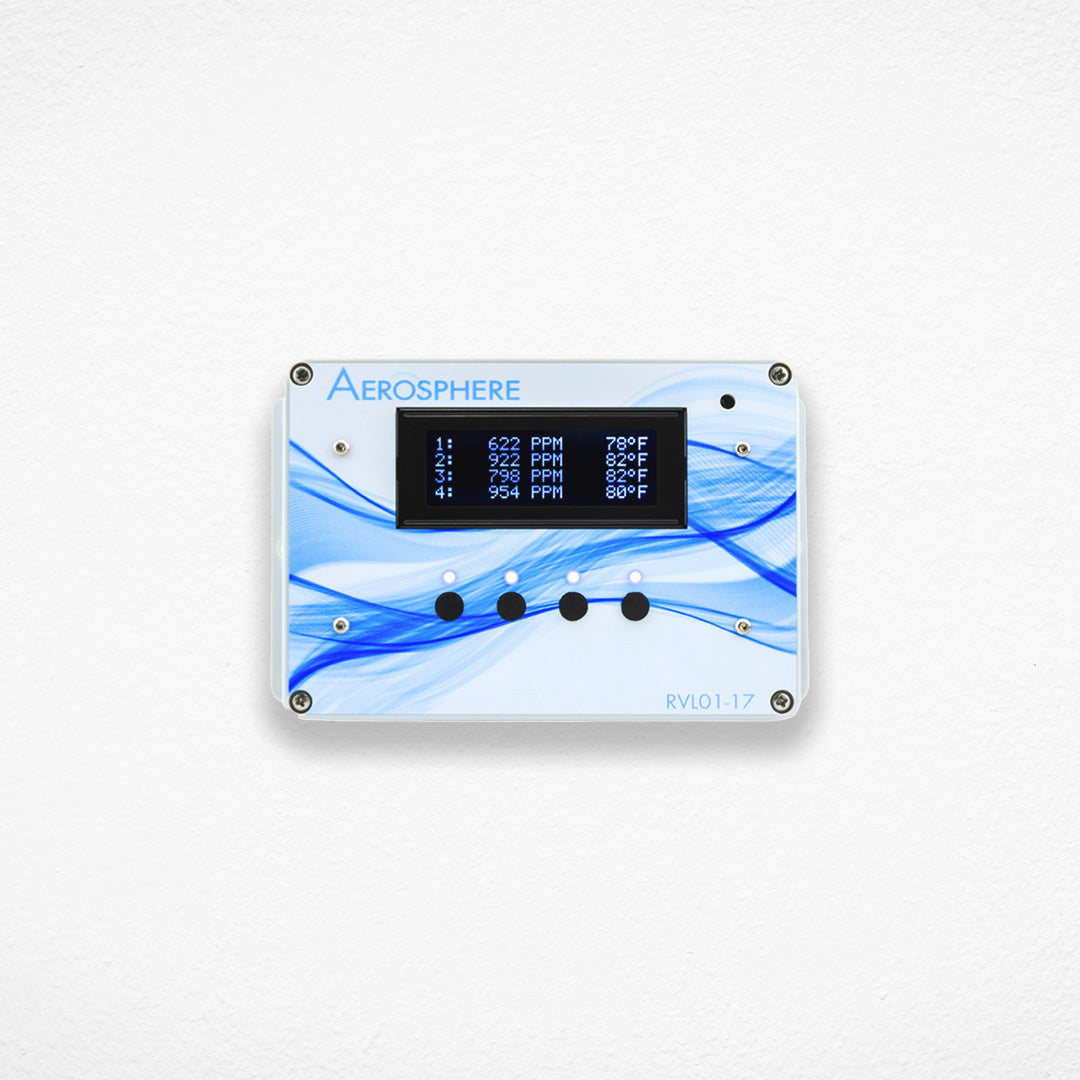
A CO2 monitor is a device designed to measure the concentration of carbon dioxide (CO2) in the air. It is widely used across various industries, workplaces, and even residential settings to ensure air quality and safety, as CO2 is a colorless, odorless gas that can become dangerous at elevated levels. Here’s a breakdown of what a CO2 monitor is, how it works, and why it's important.
What is Carbon Dioxide (CO2)?
Carbon dioxide is a naturally occurring gas in the atmosphere and plays an essential role in processes like photosynthesis. It is produced by human activities such as breathing, burning fossil fuels, industrial processes, and more. CO2 is widely used in beverage carbonization, giving sodas and sparkling water their fizz, and in optimizing plant yield in controlled agricultural environments. While CO2 in low concentrations is harmless, high levels can be detrimental to health, causing symptoms like headaches, dizziness, shortness of breath, and even unconsciousness in extreme cases.
How Does a CO2 Monitor Work?
A CO2 monitor typically uses sensors to detect the concentration of carbon dioxide in the air, measured in parts per million (ppm). Common sensor technologies include:
- Non-Dispersive Infrared (NDIR) sensors: These sensors measure CO2 levels by detecting the amount of infrared light absorbed by CO2 molecules in the air.
- Chemical sensors: These sensors react to the presence of CO2 through a chemical process, producing a measurable change in electrical properties.
Most CO2 monitors feature displays that show real-time CO2 levels and include alarms that activate when concentrations exceed safe limits.
These monitors are designed to provide both visual and auditory alerts when specific CO2 thresholds are reached. For example, the Aerosphere® RVL-01 has default settings with a supervisory alarm at 5,000 ppm (0.5% in normal air), an intermediate alarm at 15,000 ppm (1.5%)—a concentration that may cause mild respiratory effects—and a high alarm at 30,000 ppm (3.0%), which can lead to moderate respiratory stimulation, increased heart rate, and elevated blood pressure. These alarms help safeguard health by alerting users when CO2 levels pose potential risks.
Applications of CO2 Monitors
CO2 monitors are used in a variety of settings:
- Commercial and Industrial Buildings: Offices, warehouses, and production facilities use CO2 monitors to maintain proper ventilation and ensure employee safety.
- Schools and Classrooms: To maintain healthy indoor air quality and prevent CO2 buildup, monitors help regulate ventilation systems.
- Greenhouses and Grow Facilities: In controlled environments like greenhouses, monitoring CO2 is critical for optimizing plant growth.
- Restaurants, Bars, and Breweries: CO2 is used in food and beverage production, so monitoring ensures safe levels are maintained.
- Residential Use: With more people becoming aware of indoor air quality, homeowners use CO2 monitors to ensure a healthy living environment.
Importance of CO2 Monitors
Maintaining safe CO2 levels is crucial for both health and productivity. High CO2 concentrations can lead to a decrease in cognitive function and overall well-being. In workplaces, CO2 monitors help businesses comply with occupational safety regulations, reduce the risk of accidents, and ensure that their environments are comfortable and safe for employees.
In settings like grow facilities, accurate CO2 monitoring is necessary for optimal plant health and yield. By keeping CO2 levels within the right range, plants can grow faster and healthier.
Key Features of Modern CO2 Monitors
- Real-Time Monitoring: Modern CO2 monitors offer real-time data, enabling immediate action if CO2 levels exceed safe limits.
- Alarm Systems: Many CO2 monitors are equipped with both audible and visual alarms that activate when CO2 concentrations surpass preset safety thresholds.
- Integration with Existing Systems: These devices can integrate seamlessly with HVAC systems and fire panels, enhancing overall facility safety and management.
- Customizable Thresholds: CO2 monitors can be tailored to meet the specific regulatory requirements and jurisdictional standards for ppm detection, ensuring compliance with local guidelines.
- Expandable: Modern CO2 monitors are designed to be scalable, allowing for easy expansion to accommodate the needs of growing facilities.
Conclusion
A CO2 monitor is an essential tool for ensuring indoor air quality and safety. Whether used in commercial, industrial, or residential settings, these devices help to prevent the harmful effects of elevated CO2 levels, promoting health, safety, and well-being. As more industries focus on air quality and sustainability, CO2 monitors will continue to play a vital role in maintaining safe and efficient environments.



